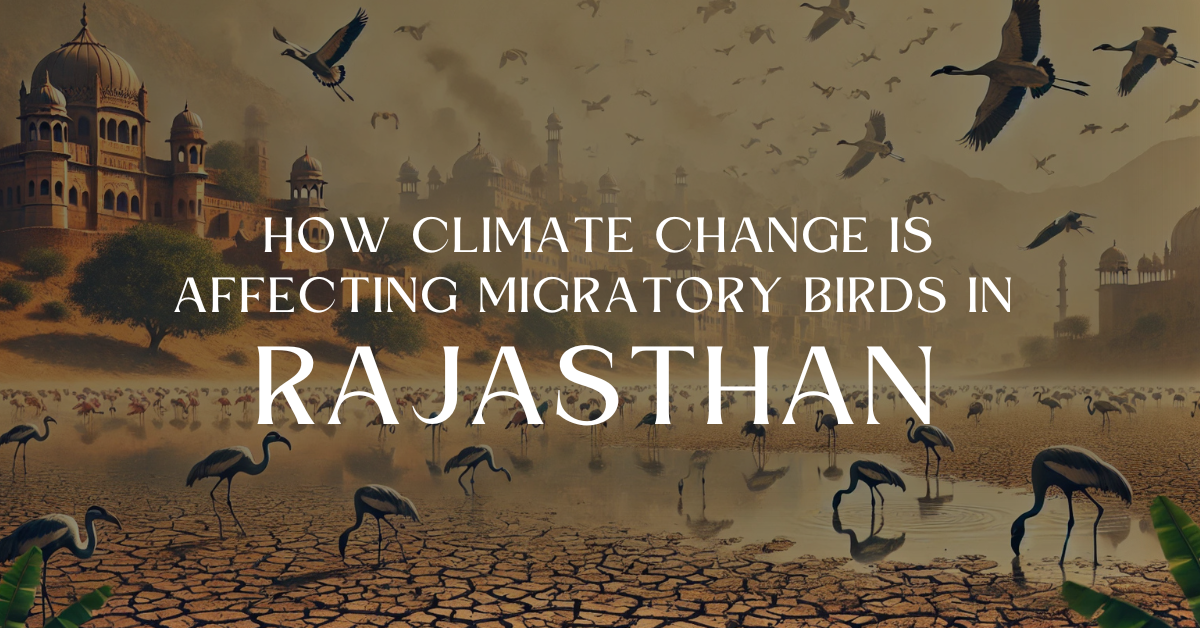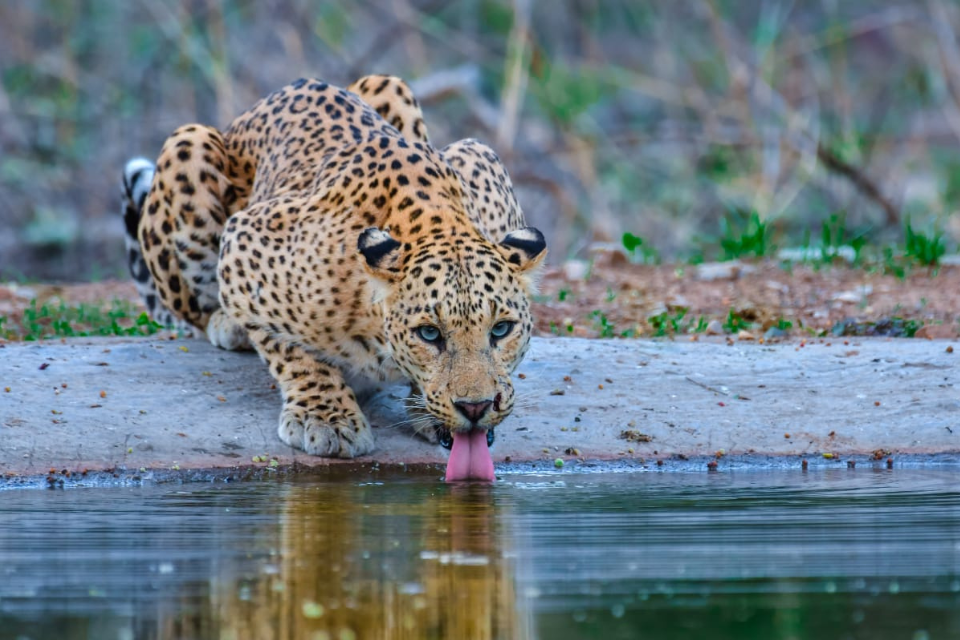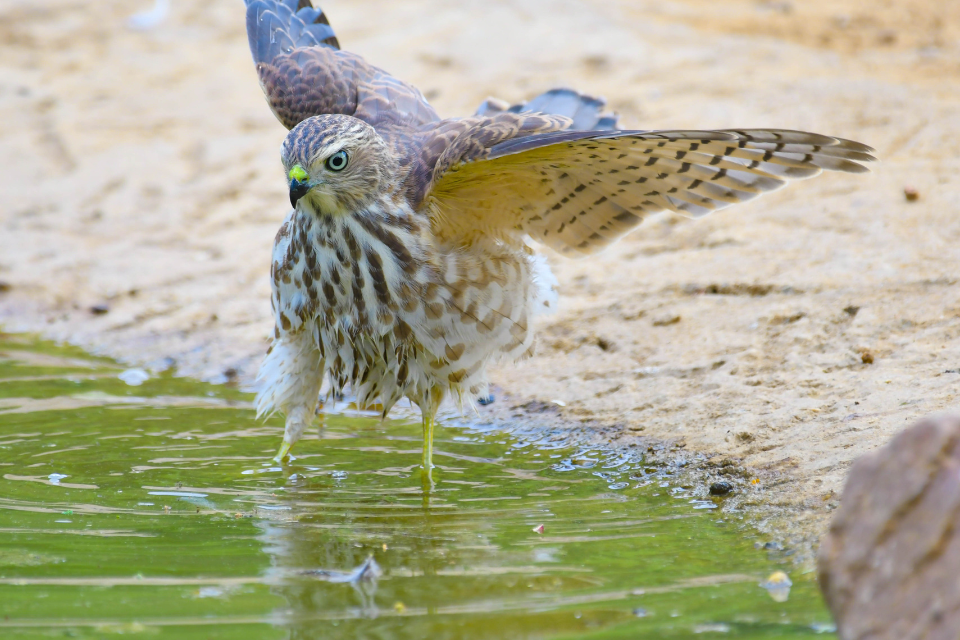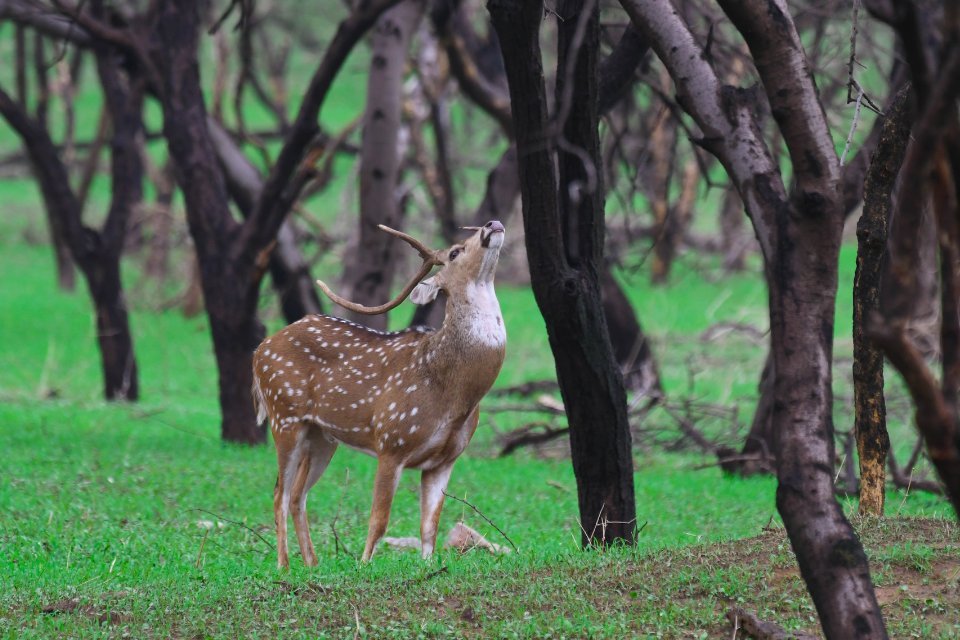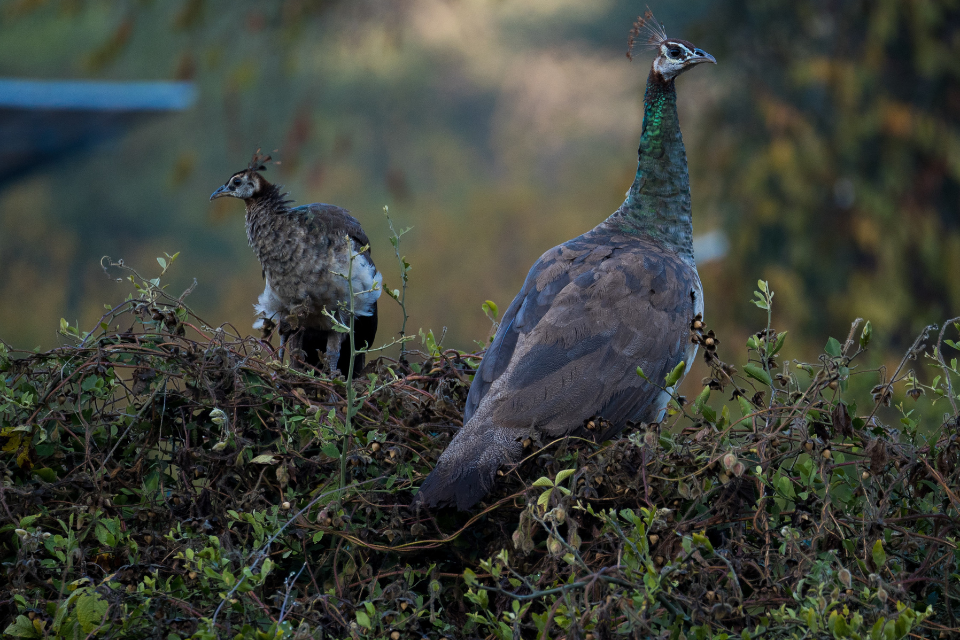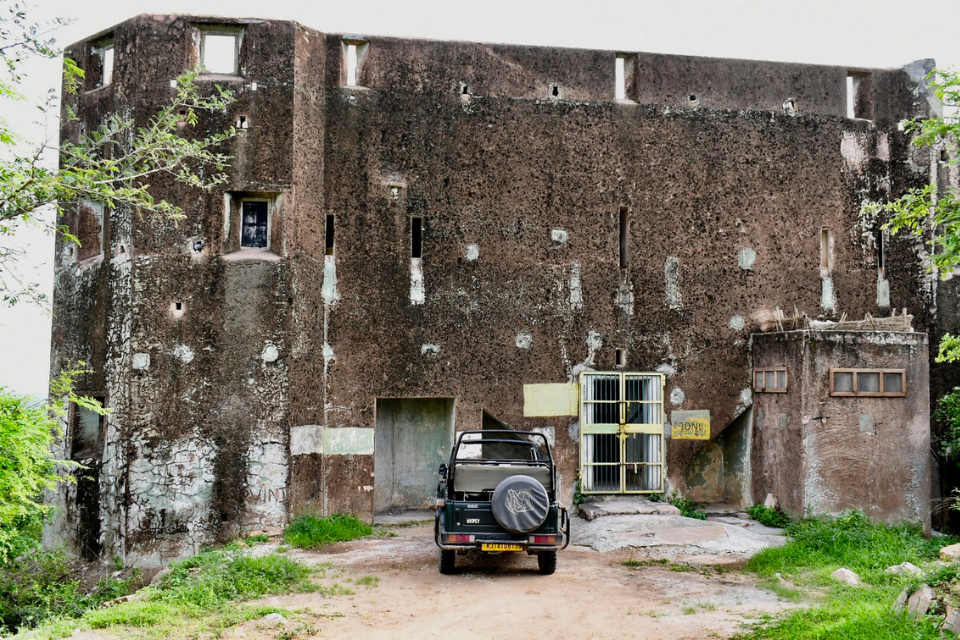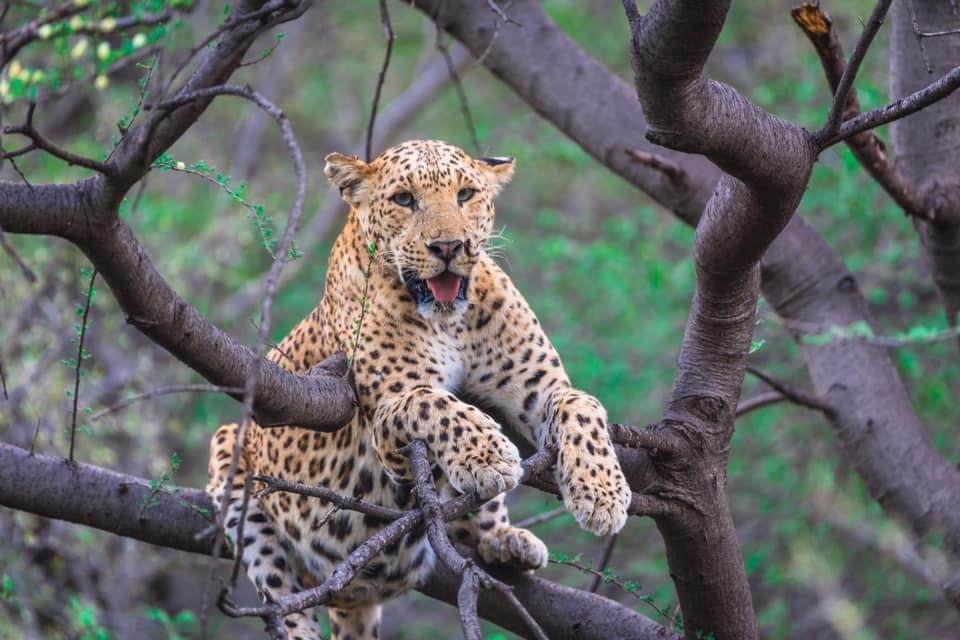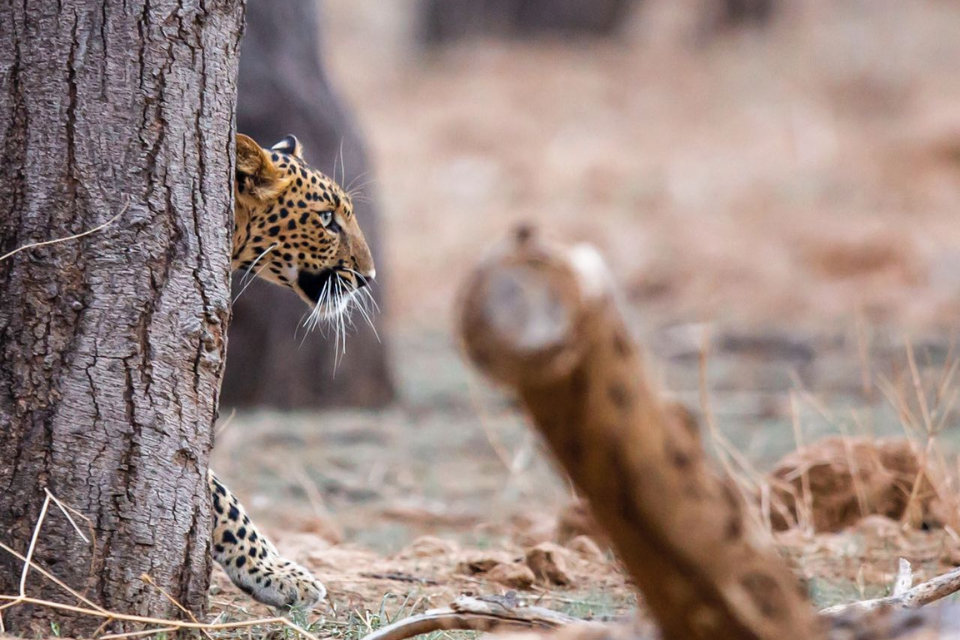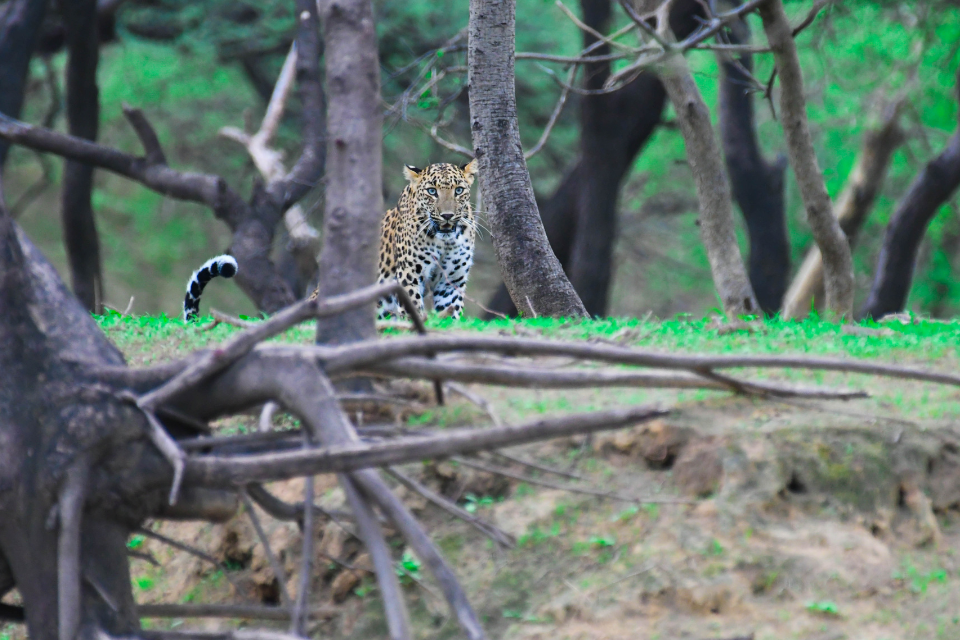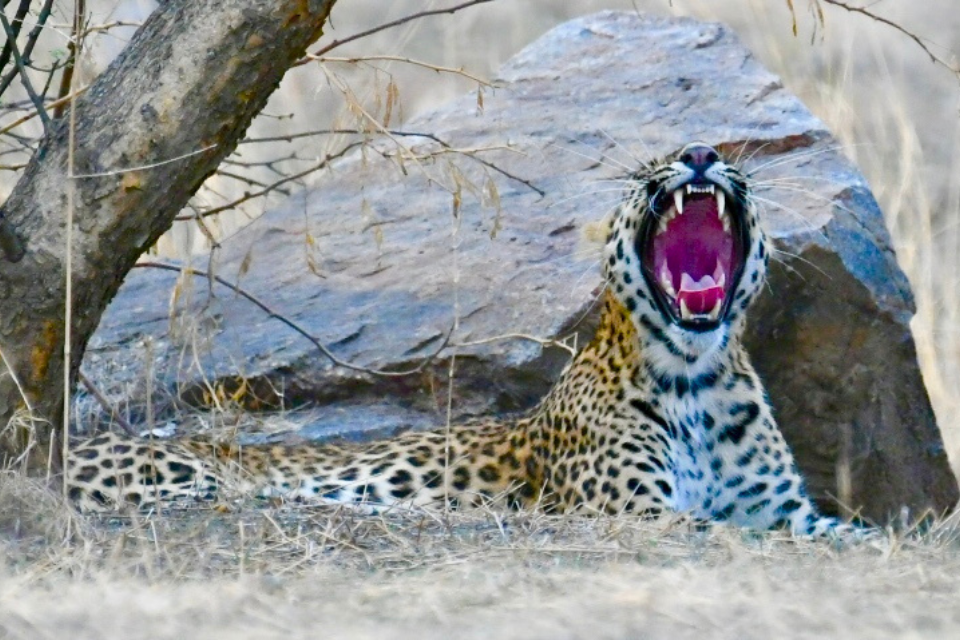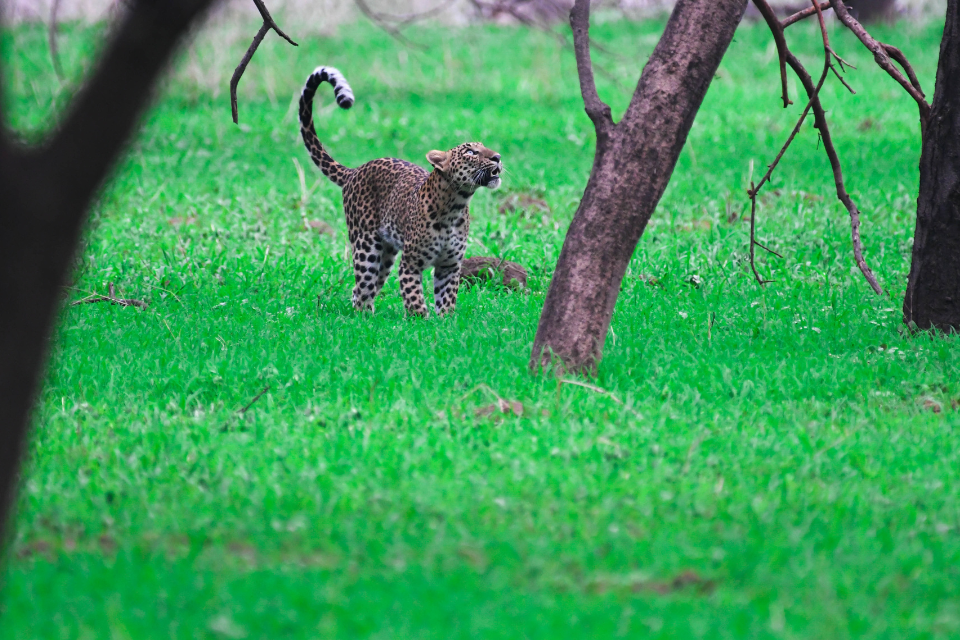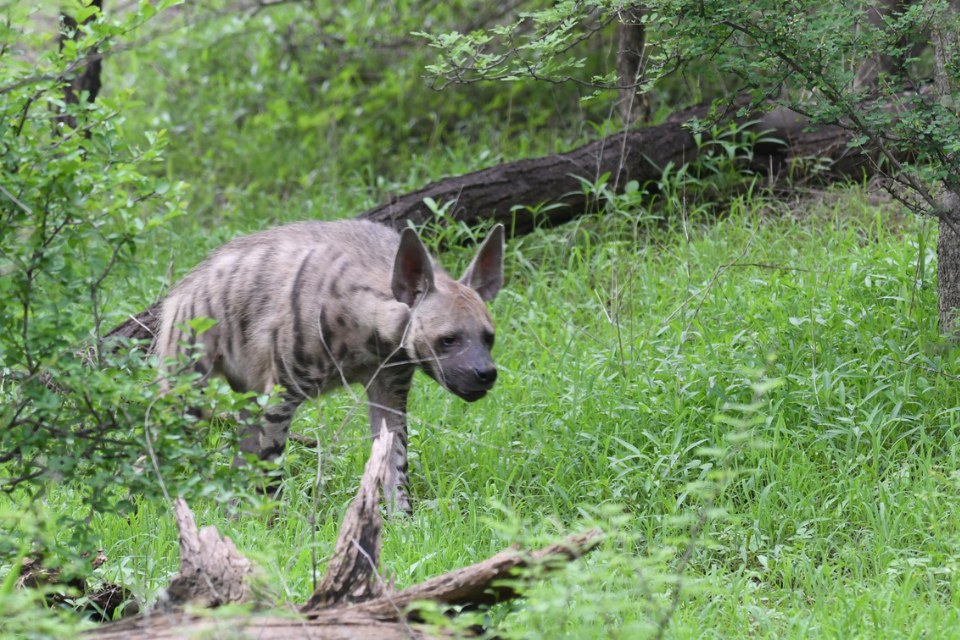- March 12, 2025
How Climate Change is Affecting Migratory Birds in Rajasthan
Rajasthan, with its wetlands, salt lakes, and grasslands, has long been a vital stop for migratory birds from Siberia, Central Asia, and Europe. Every year, birds like Bar-Headed Geese, Demoiselle Cranes, Flamingos, and Siberian Cranes travel thousands of kilometers to Rajasthan’s Keoladeo National Park, Sambhar Lake, and Desert National Park in search of food and warmer weather.
However, climate change is disrupting these ancient migration patterns, threatening the survival of these birds. Rising temperatures, erratic rainfall, shrinking wetlands, and habitat destruction are making Rajasthan less hospitable for these winged travelers.
Let’s explore how climate change is affecting migratory birds in Rajasthan and what we can do to protect them.
- Why Do Birds Migrate to Rajasthan?
Migratory birds follow a natural cycle of movement to escape extreme weather and find better food sources. Rajasthan has been a key wintering ground for migratory birds due to:
✔ Mild Winters – Providing a comfortable climate for feeding and resting.
✔ Rich Wetlands & Salt Lakes – Keoladeo National Park, Sambhar Lake, and Tal Chhapar offer abundant food.
✔ Safe Breeding Areas – Less human disturbance in protected sanctuaries.
However, climate change is altering these conditions, affecting bird behavior, migration routes, and survival rates.
🚀 Fact: Over 370 species of birds migrate to Rajasthan every year, but many are now arriving late, in fewer numbers, or not at all.
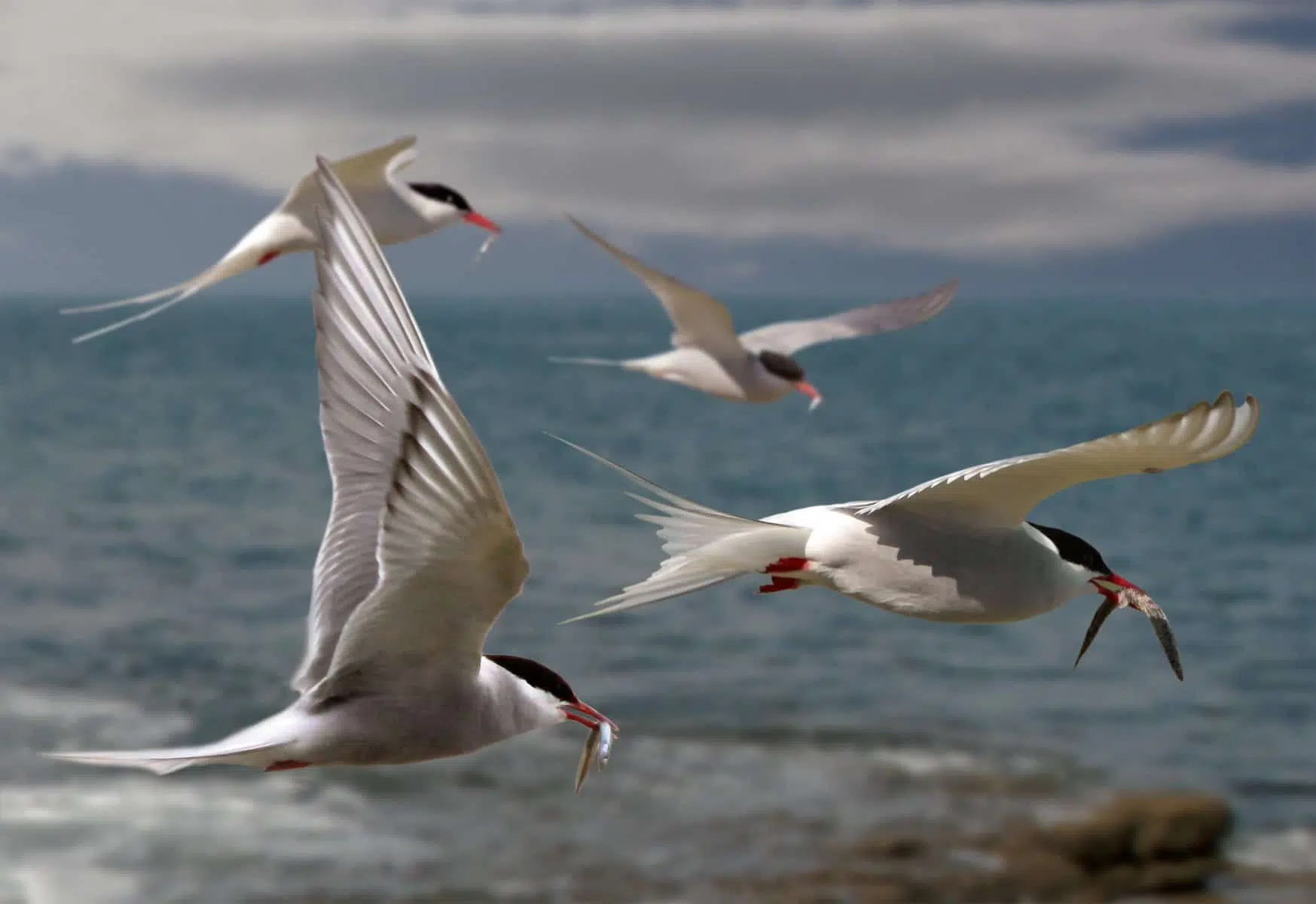
- Climate Change & Its Impact on Migratory Birds
⚠️ A. Rising Temperatures Are Disrupting Migration Timings
❌ Warmer winters are delaying migration or stopping it altogether.
❌ Birds are arriving later than usual, affecting their food availability.
❌ Some species fail to migrate and remain in their home countries, leading to population decline.
🚀 Example:
- Siberian Cranes, once regular visitors to Keoladeo National Park, have stopped coming altogether due to changing climate and habitat destruction along their migration route.
⚠️ B. Shrinking Wetlands & Water Scarcity
❌ Rajasthan’s wetlands and lakes are drying up due to rising temperatures and erratic monsoons.
❌ Migratory birds depend on shallow water bodies to feed and rest—without them, their survival is at risk.
❌ Desertification is expanding, reducing suitable stopover points for birds.
🚀 Example:
- Sambhar Lake, once a thriving habitat for flamingos and other water birds, is facing severe water depletion due to climate change and salt mining.
⚠️ C. Changes in Food Availability & Ecosystem Disruptions
❌ Warmer temperatures are affecting aquatic ecosystems, reducing the availability of fish, plankton, and insects—key food sources for migratory birds.
❌ Birds that rely on specific breeding grounds face problems if those areas experience droughts or excessive heat.
❌ A shift in the food chain affects entire bird populations, leading to malnutrition and lower survival rates.
🚀 Example:
- Greater Flamingos rely on algae-rich salt lakes, but higher temperatures are killing off these algae, forcing them to find alternative feeding sites.
⚠️ D. Unpredictable Weather Patterns & Stronger Storms
❌ Cyclones, heatwaves, and unseasonal rain disrupt bird migration routes and nesting behavior.
❌ Extreme weather can wipe out large flocks, making survival even harder.
❌ Strong winds and changing air currents make long-distance migration difficult, forcing birds to land in unsuitable habitats.
🚀 Example:
- In 2020, unseasonal rains flooded bird nesting sites in Rajasthan, affecting breeding success rates of several migratory species.
⚠️ E. Habitat Loss & Increased Human Encroachment
❌ Rising human activity—urban expansion, industrial projects, and deforestation—is reducing the size of safe stopover points for migratory birds.
❌ Some birds are being forced to settle in urban environments, leading to higher mortality rates due to pollution and human-wildlife conflicts.
🚀 Example:
- Bar-Headed Geese, which traditionally stop at Rajasthan’s lakes, are now being spotted in smaller numbers due to wetland destruction and human encroachment.
- Which Migratory Birds Are Most at Risk in Rajasthan?
🦜 Bird Name | 🌍 Migrates From | 🔍 Threats |
Siberian Crane | Russia & Siberia | Habitat loss, rising temperatures |
Greater Flamingo | Europe, Africa, Iran | Food scarcity, wetland destruction |
Bar-Headed Goose | Mongolia, Tibet | Climate change, unpredictable weather |
Demoiselle Crane | Central Asia, Mongolia | Changing migration routes, food scarcity |
Eurasian Spoonbill | Europe, Central Asia | Water pollution, reduced fish stocks |
Northern Pintail | Russia, Scandinavia | Drought, wetland loss |
🚀 Fact: Many of these species are already showing signs of population decline, with some being completely absent in areas they previously visited.
- What Can Be Done to Protect Migratory Birds?
Despite these threats, conservation efforts, wetland restoration, and policy changes can help protect Rajasthan’s migratory birds.
🛡️ A. Protecting & Restoring Wetlands
✔ Prevent illegal encroachment on wetlands like Keoladeo, Sambhar, and Pachpadra Lakes.
✔ Improve water conservation efforts to prevent lakes from drying out.
✔ Control pollution & industrial waste affecting water quality.
🚀 Success Story:
- Keoladeo National Park has been artificially flooded in dry seasons to maintain water levels for birds.
🛡️ B. Creating Bird-Friendly Power Line & Infrastructure Policies
✔ Bury high-voltage power lines in major bird habitats.
✔ Implement wind energy projects responsibly, ensuring bird safety.
✔ Reduce light pollution to help birds navigate more effectively.
🚀 Success Story:
- The Rajasthan government is working to modify energy infrastructure to protect large birds like the Great Indian Bustard & migratory cranes.
🛡️ C. Raising Awareness & Promoting Eco-Tourism
✔ Educating local communities about bird conservation.
✔ Encouraging responsible tourism that funds bird protection efforts.
✔ Promoting bird festivals & awareness campaigns to celebrate migratory birds.
🚀 Example:
- The Bharatpur Bird Festival attracts birdwatchers and conservationists, generating funds for wetland conservation.
- Conclusion: The Future of Rajasthan’s Migratory Birds
Climate change is a major threat to Rajasthan’s migratory birds, affecting food availability, migration patterns, and nesting sites. However, with strong conservation efforts, better wetland management, and responsible policies, we can ensure that these beautiful birds continue to visit Rajasthan every winter.
✔ Protecting wetlands & reducing human impact is key.
✔ Eco-tourism and community involvement can help in conservation.
✔ Global cooperation is needed to protect birds along their entire migration routes.
🌍 Have you noticed any changes in migratory bird patterns in Rajasthan?
Disclaimer All images used in this blog are either sourced from public domain or credited to their respective owners. If you are the copyright holder of any image and wish to request its removal or proper attribution, please contact us at [email protected]
